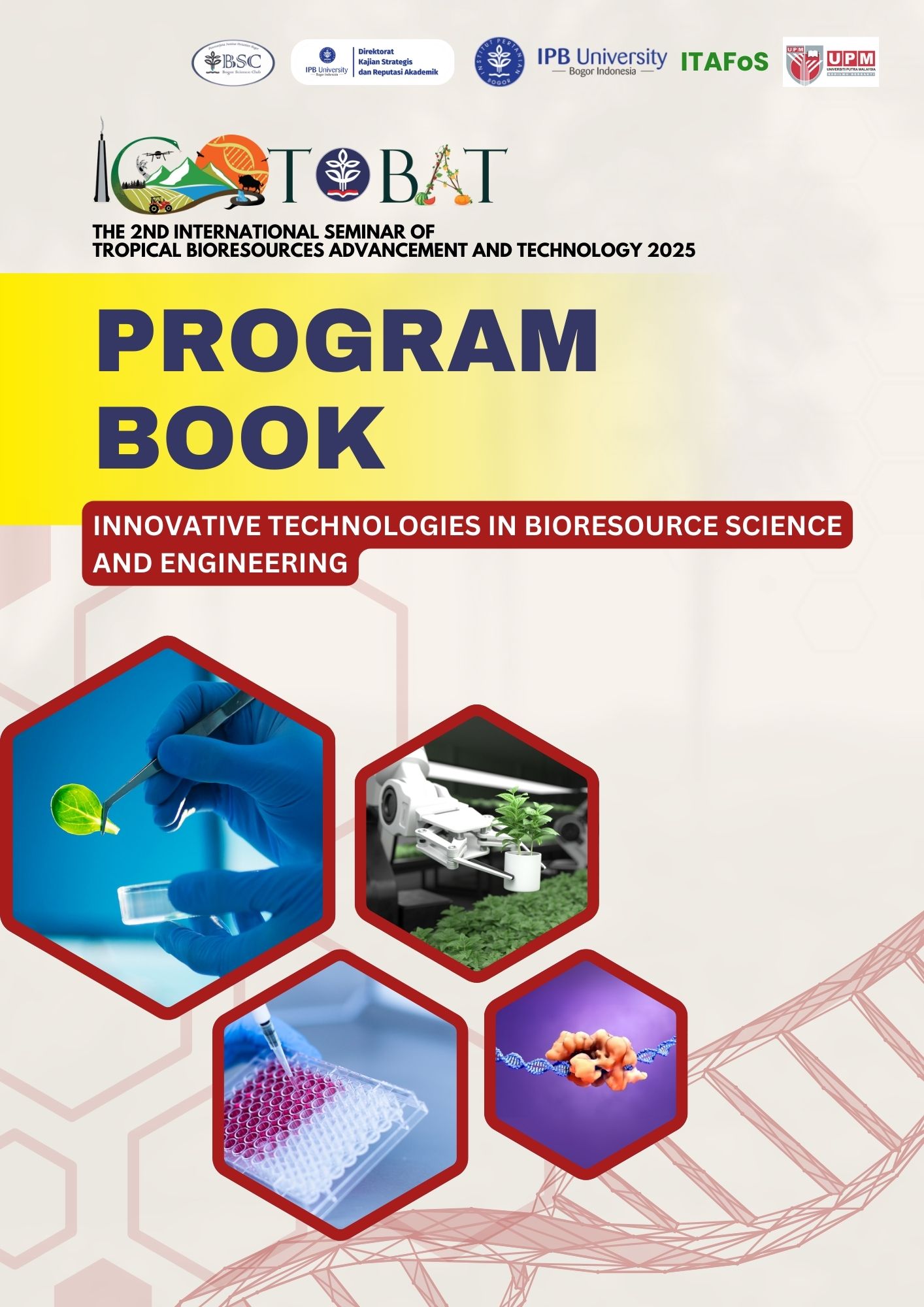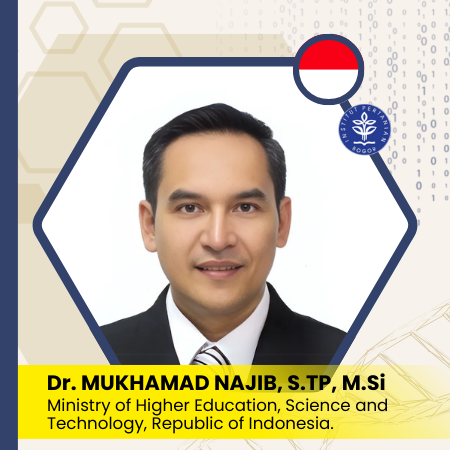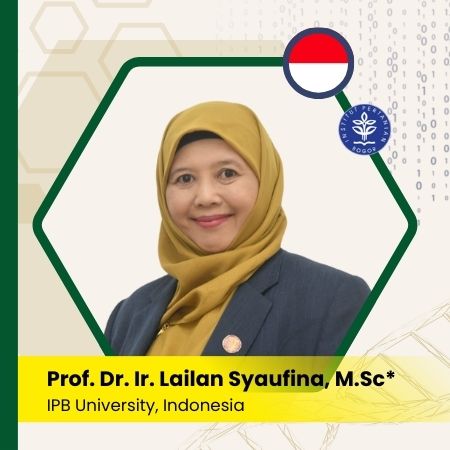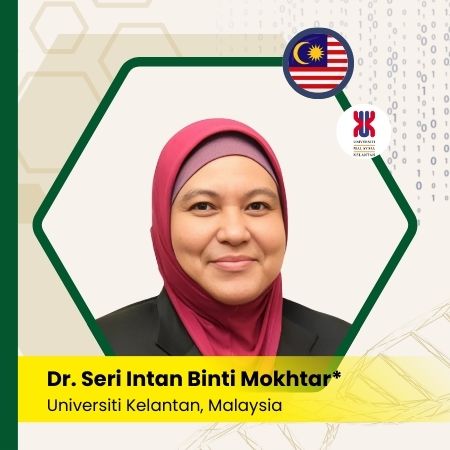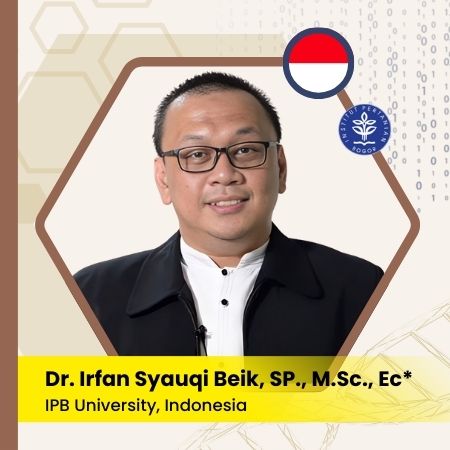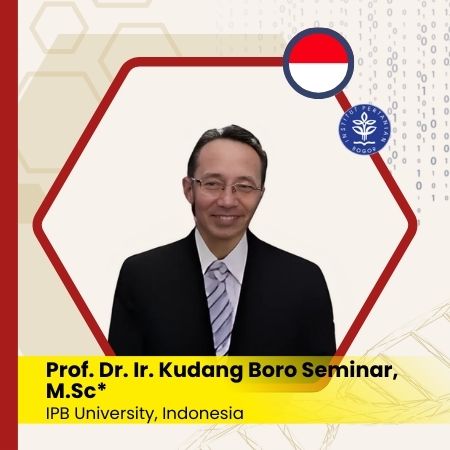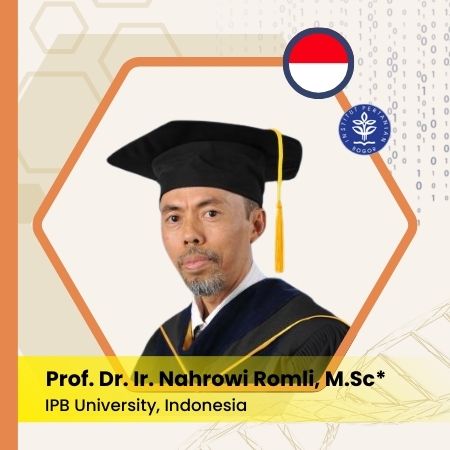Characterization of Nutmeg (Myristica fragrans Houtt.) Essential Oil Extracted Using Water Steam Distillation, Supercritical Fluid Extraction, and Pressurized Liquid Extraction Methods
Abstract
Nutmeg essential oil has high economic value and various benefits, especially in the food, pharmaceutical, and cosmetic industries. This study aims to compare the yield of essential oil produced from three different extraction methods, namely water steam distillation (WSD), supercritical fluid extraction (SFE), and pressurized liquid extraction (PLE). Observations were made on the characteristics of nutmeg oil, including yield analysis, physical condition (color and aroma), specific gravity, refractive index, solubility in ethanol, amount of evaporation residue, essential profile, functional groups, and antioxidant activity of nutmeg essential oil. The results showed that each method has different yield characteristics: 24-hour WSD (3.20%), 36-hour WSD (3.50%), 48-hour WSD (2.63%), SFE (2.43%), and PLE (21.52%). From the results of FTIR analysis, there are differences in functional groups in the PLE method. In addition, different percentages of myristicin compounds were also obtained from the GC-MS analysis results in the SFE (40.80%), 36-hour WSD (24.91%), and PLE (21.05%) methods. Nutmeg seed essential oil's antioxidant activity also varied, with the 36-hour WSD method amounting to 41.81%, SFE 83.82%, and PLE 88.81%. This difference is influenced by variations in temperature, pressure, and type of solvent used. Further research on the analysis of total phenolics and the bioactivity of nutmeg essential oil, such as antibacterial activity, must be done to expand the understanding of its functional potential.

